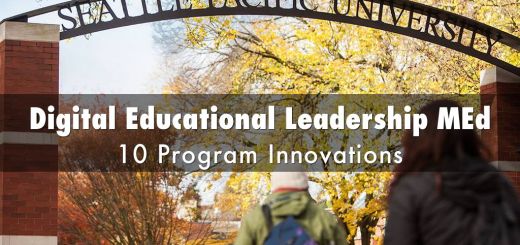Robert Gagné’s Nine Events of Instruction
Description
A way of structuring an instructional experience to maximize the amount of learning taking place.
Purpose
Most instructors say, “Students need to learn about x” or “I need to cover x amount of information with my students.” But the mind is not a vessel to be filled, the way you can fill a pitcher with water. The great educational theorist Robert M. Gagné (1916-2002) discovered that learning happens most effectively and efficiently when the mind is activated and attention is sustained in certain ways. He created a structure that he called “the nine events of learning” to describe how this process takes place for most learners.
Procedure
- Gain attention: Present a stimulus to ensure reception of the instruction.
- Describe the learning objective: What will the learner gain from the instruction?
- Stimulate recall of prior learning: Ask for recall of existing relevant knowledge.
- Present the stimulus: Display the content.
- Provide learning guidance: Provide coaching on how to learn.
- Elicit performance (provide practice): Learners respond to demonstrate knowledge.
- Provide feedback: Give informative feedback on the learner’s performance.
- Assess performance: More performance and more feedback, to reinforce information.
- Enhance retention and transfer to other contexts: Provide additional problems for practice and reinforcement.
Students learn most from events 6 and 7: practice and feedback. Instructors who focus on providing practice and feedback to their students realize the largest gains in learning.
Level
- Beginner
Resources
Don Clark has a nice explanation:
http://www.nwlink.com/~donclark/hrd/learning/id/nine_step_id.html
Read about Gagné’s life and work. He wrote many books that are well worth reading, esp The Conditions of Learning.
http://en.wikipedia.org/wiki/Robert_M._Gagn%C3%A9#Nine_steps_of_instruction


